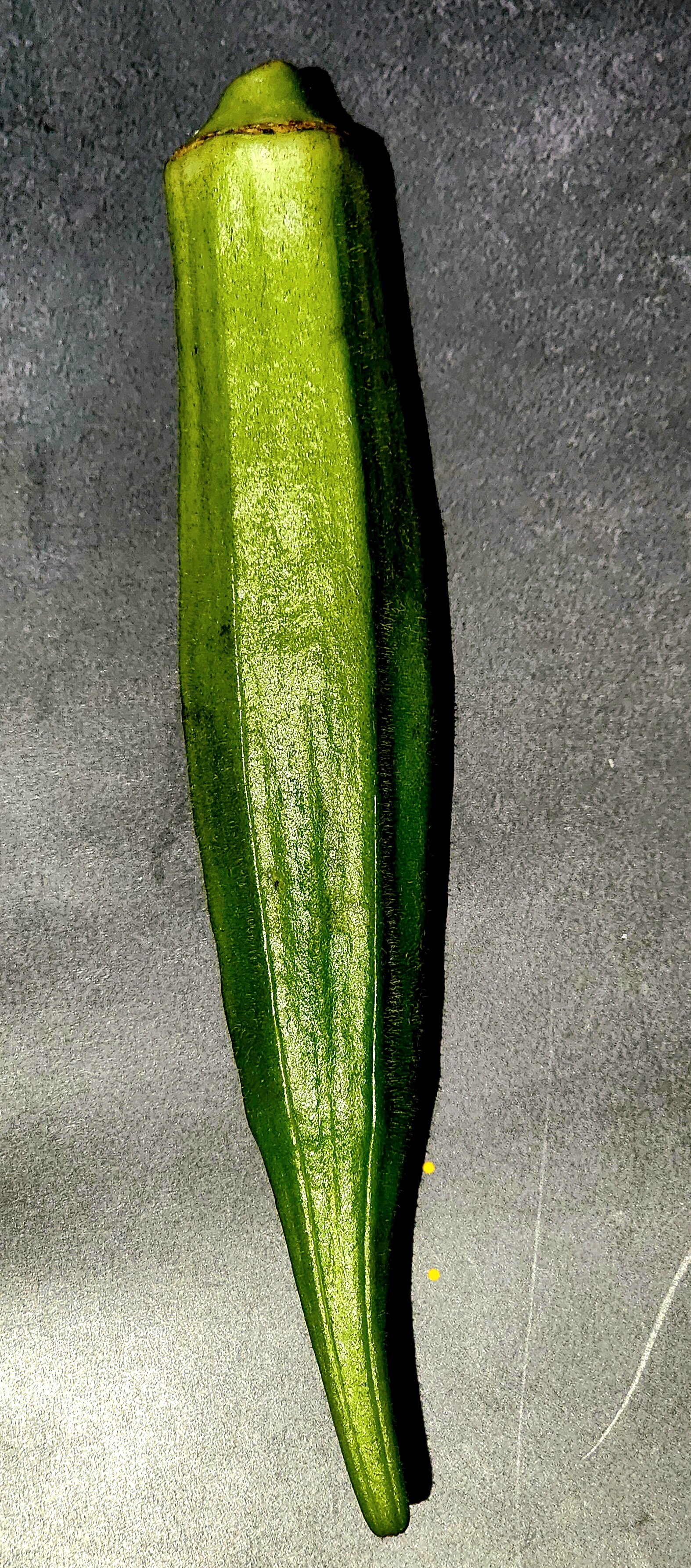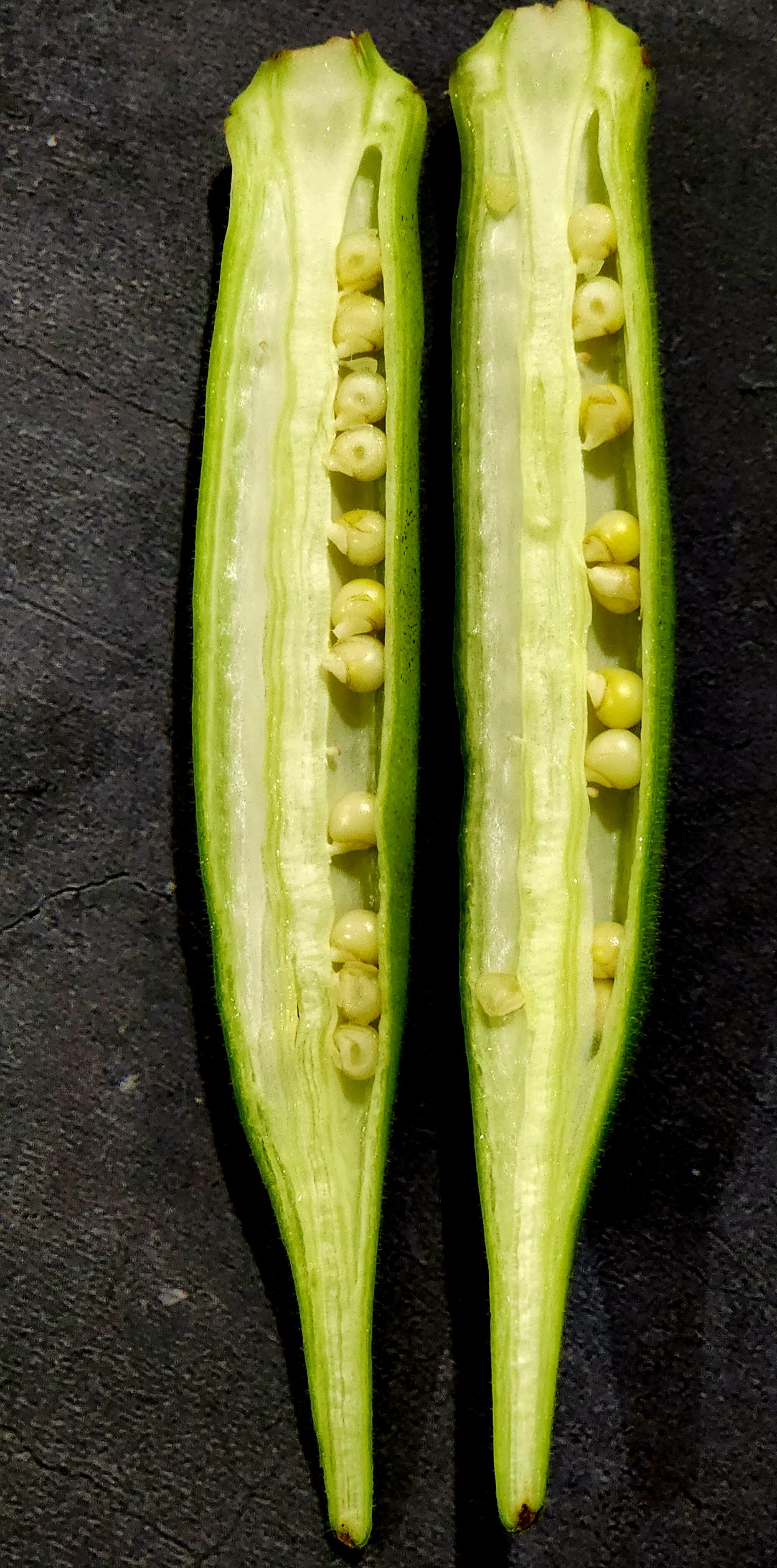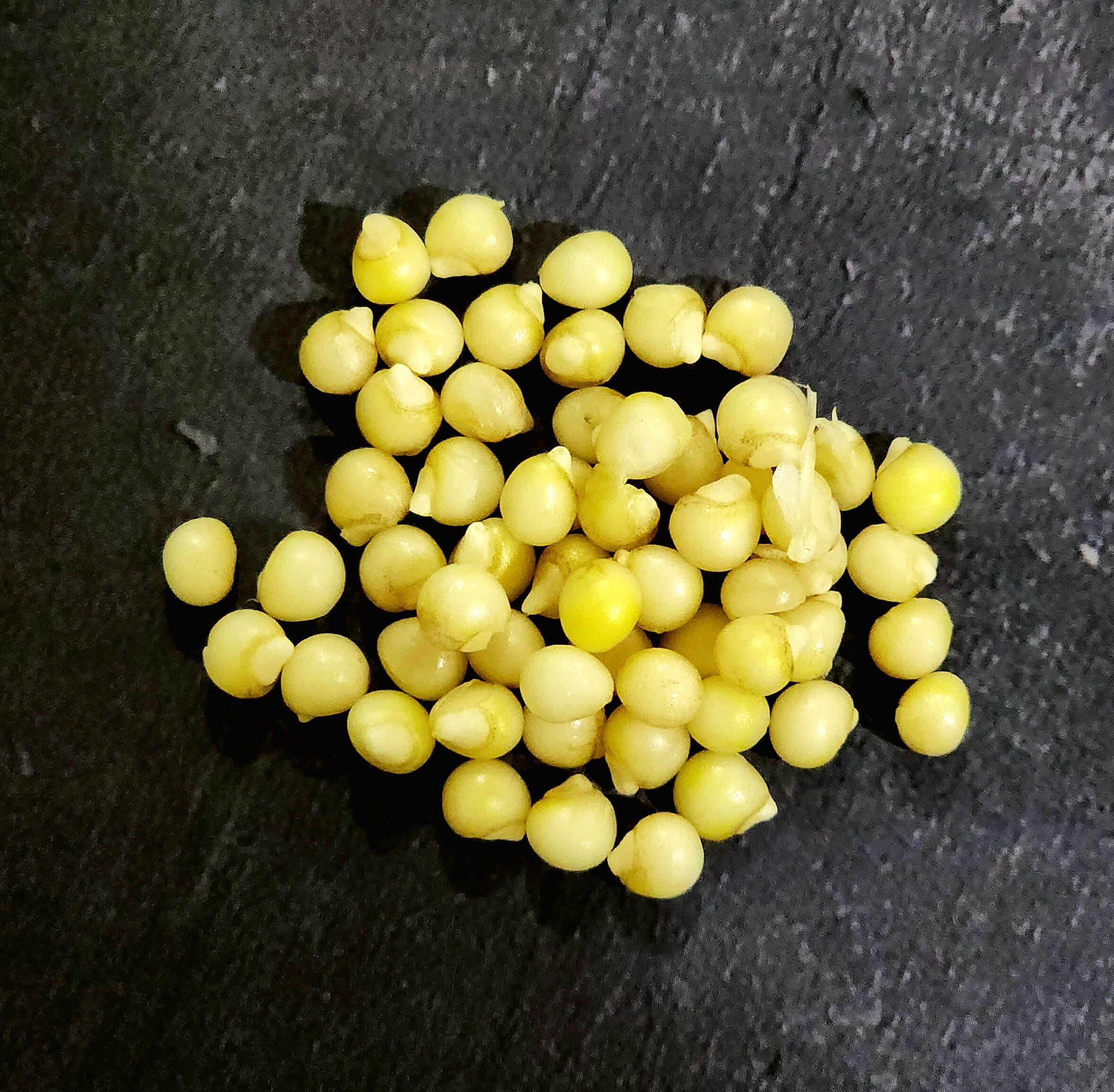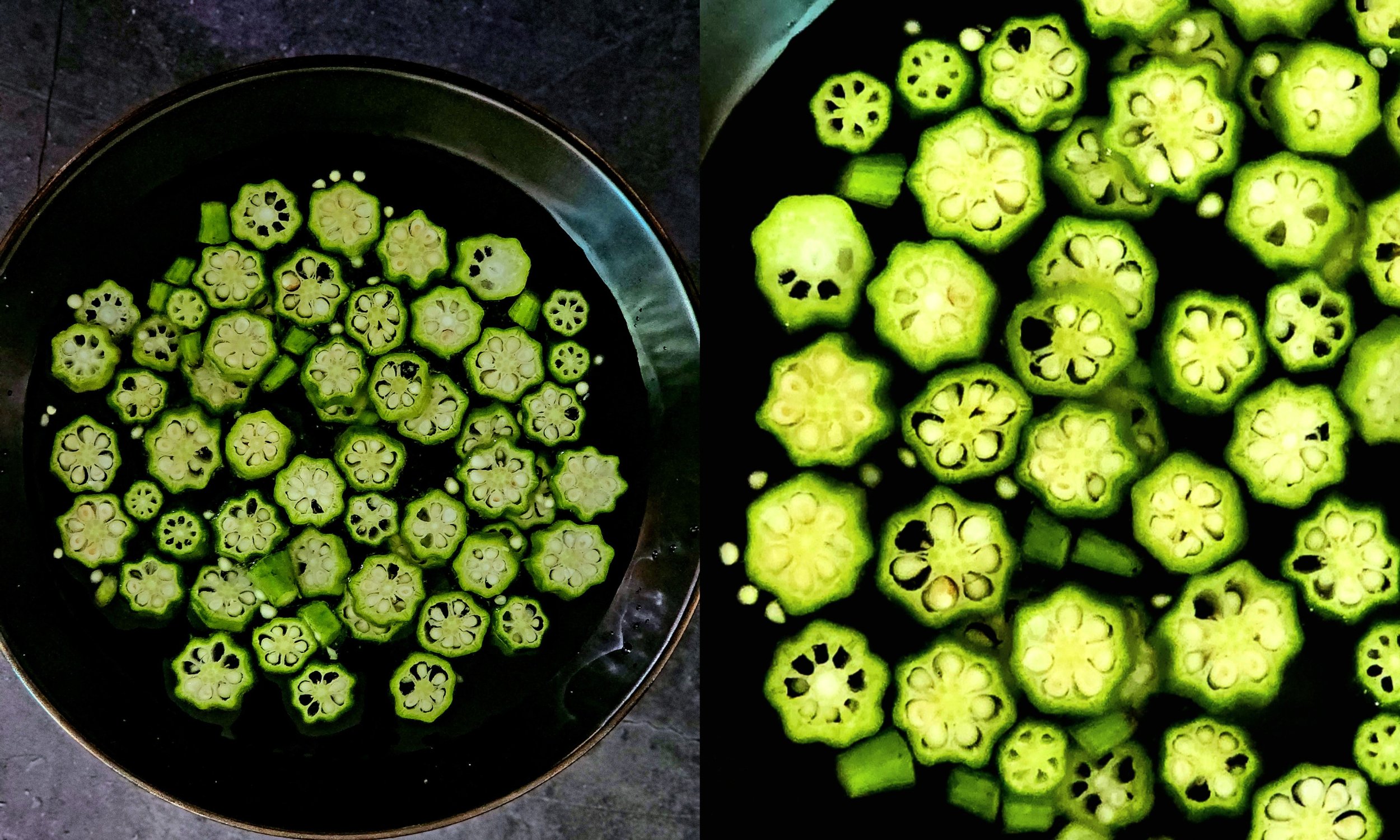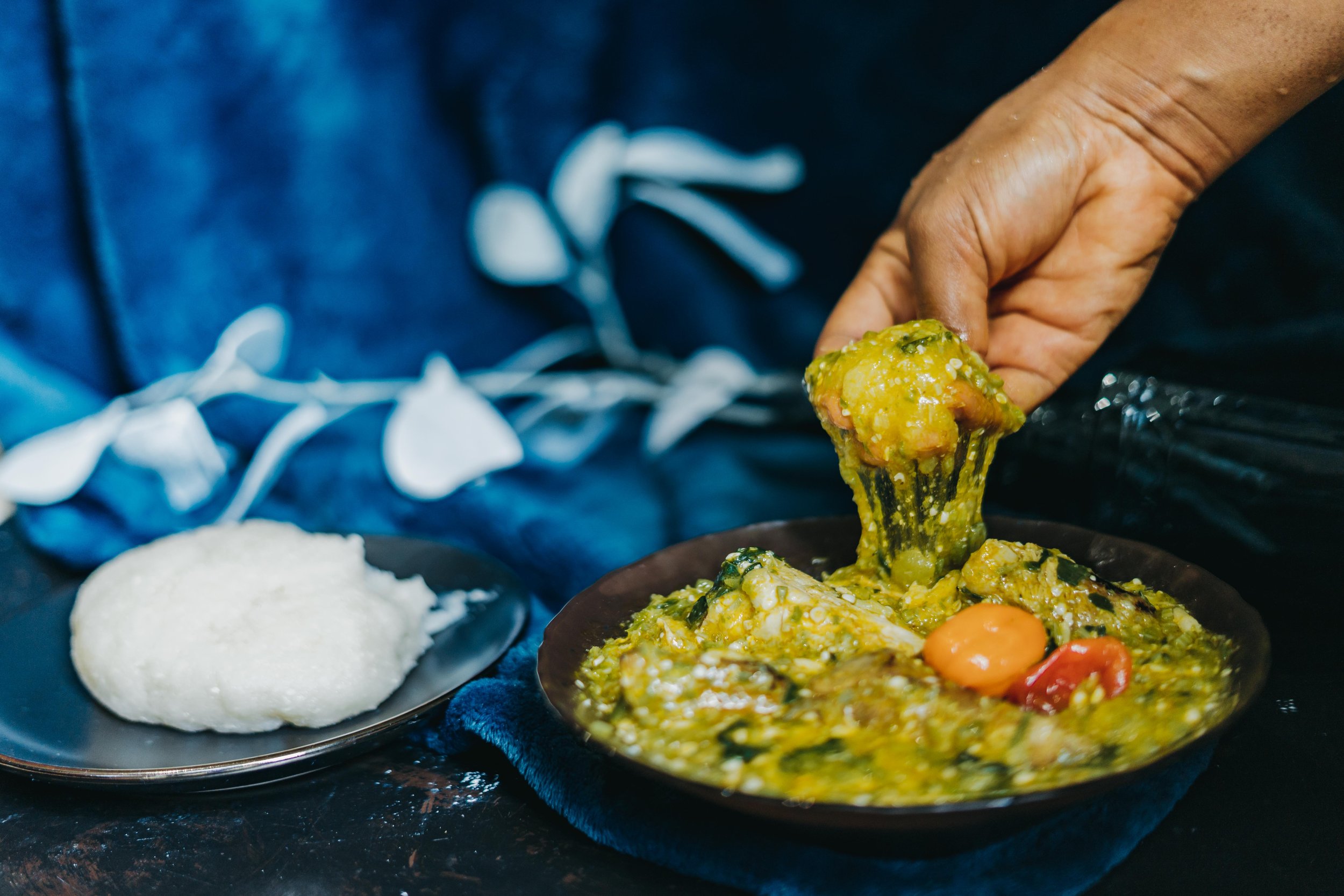The Science Behind Okro Soup: A Signature Dish Embodying African Culinary Heritage
Okra or as it’s commonly called Okro or Gumbo is the key ingredient in cooking Okro soup. A signature dish that embodies the African culinary heritage in many African homes. Okro has a unique characteristic that defines the dish. That is, the slimy consistency of the soup that comes from the activation of the mucilage in the Okro pods. When mucilage combines with the flavors of other ingredients, it becomes very palatable. While some people enjoy Okro soup, others find the slimy texture less appealing.
Freshly Harvested Okro
Mucilage (the slimy gel substance) in Blended Okro
How to Reduce the Slimy Texture of Okro Soup
How for makam make the Okro no draw-draw. Two things that are important to note when cooking Okro soup are the Okro pods and heat (the cooking temperature).
The Okro Pods
Okro pods contain mucilage. Mucilage is made up of complex carbohydrates called polysaccharides (small-small sugar chain them). The mucilage in Okro has a specific type of polysaccharides known as pectin (plenty small-small different kind sugar chains them). Pectin forms into a gel-like substance when it is mixed with water. When cooking Okro soup, the Okro pods releases pectin which then gets dissolved into the stock in the pot to form the slimy texture.
Chemical structure of polysaccharide of Okro mucilage.
Zaharuddin, Nurul & Noordin, Mohamed Ibrahim & Kadivar, Ali. (2014). The Use of Hibiscus esculentus (Okra) Gum in Sustaining the Release of Propranolol Hydrochloride in a Solid Oral Dosage Form. BioMed research international. 2014. 735891. 10.1155/2014/735891.
One way to reduce the slimy texture is to cut the Okro into big chunks and soak them in acidic ingredients such as lemon juice or vinegar, or salt plus vinegar solution for about 30 minutes then rinse before cooking. The acid acts as a neutralizer to the mucilage which reduces the slimy texture.
Chopped Okro in Salt and Vinegar solution
Heat: The Cooking Temperature
The cooking temperature also plays a critical role in the sliminess of Okro soup. When cooking Okro soup, it is important to be mindful of the cooking time and the cooking temperature in other to achieve the desired texture. When I was growing up and learning how to cook from my grandmother and aunty, both will always say “when you done put that Okro inside the pot make sure say you reduce the fire and don’t over the pot “Cameroonian Pidgin English which simply translates to, once you pot the Okro into the pot, reduce the heat and don’t cover the pot. So, what’s the science behind these culinary instructions. Let’s find out!
The Science Behind Okro Soup
Cooking Okro on low heat for a long time and without covering the pot increases the slimy texture from the mucilage. However, when the pot is covered, the cooking temperature in the pot increases and at boiling point, the following occurs:
Degradation - The Pectin in the mucilage undergoes thermal degradation and looses its structural rigidity and functionality. The high heat go break the plenty small-small sugar chains them and the Okro no go draw draw.
Gelation and Solubility – High heat will cause the Pectin in the mucilage to form a very strong texture that is not soluble in water. When we say that Okro done burn-burn for under pot.
Now that you have been equipped with this culinary information, head into the kitchen and cook some delicious Okro Soup


